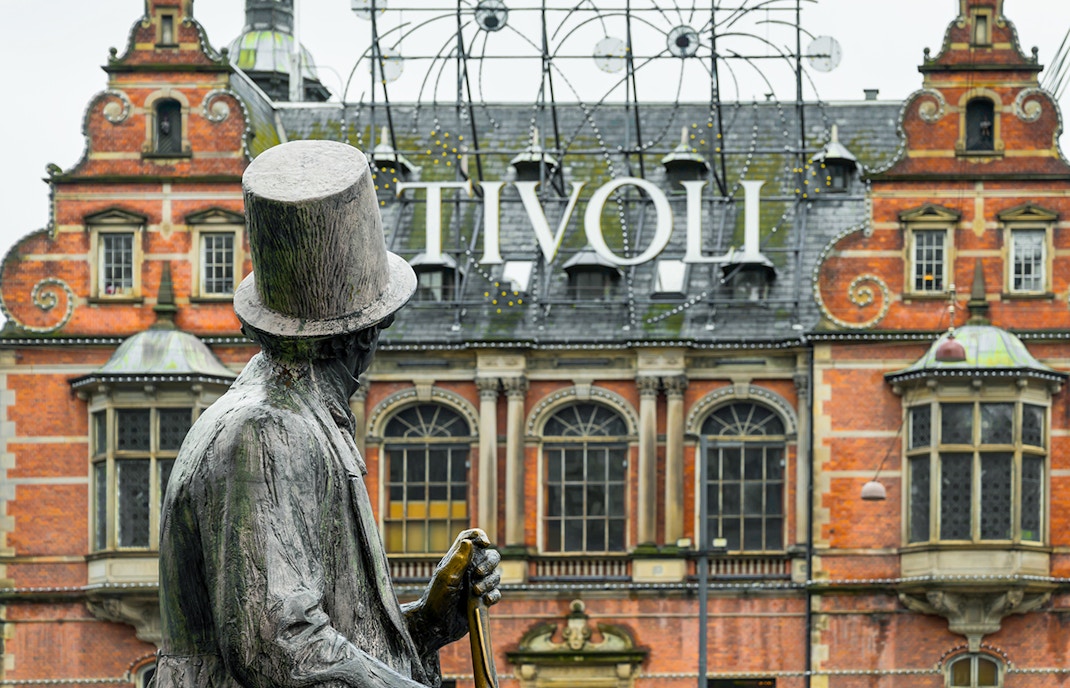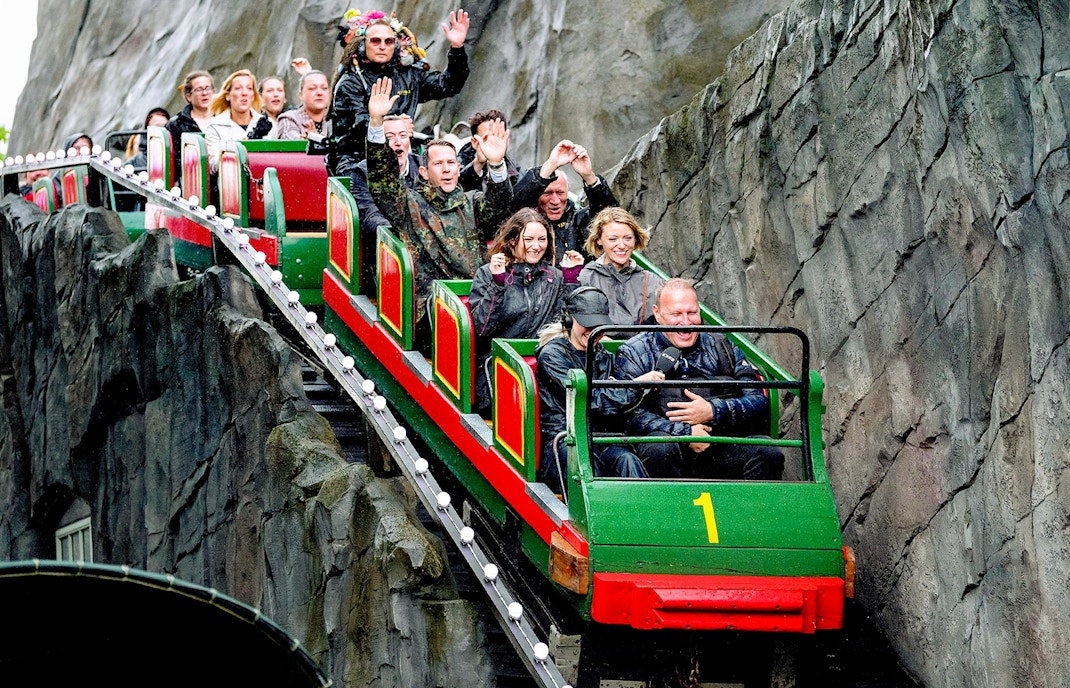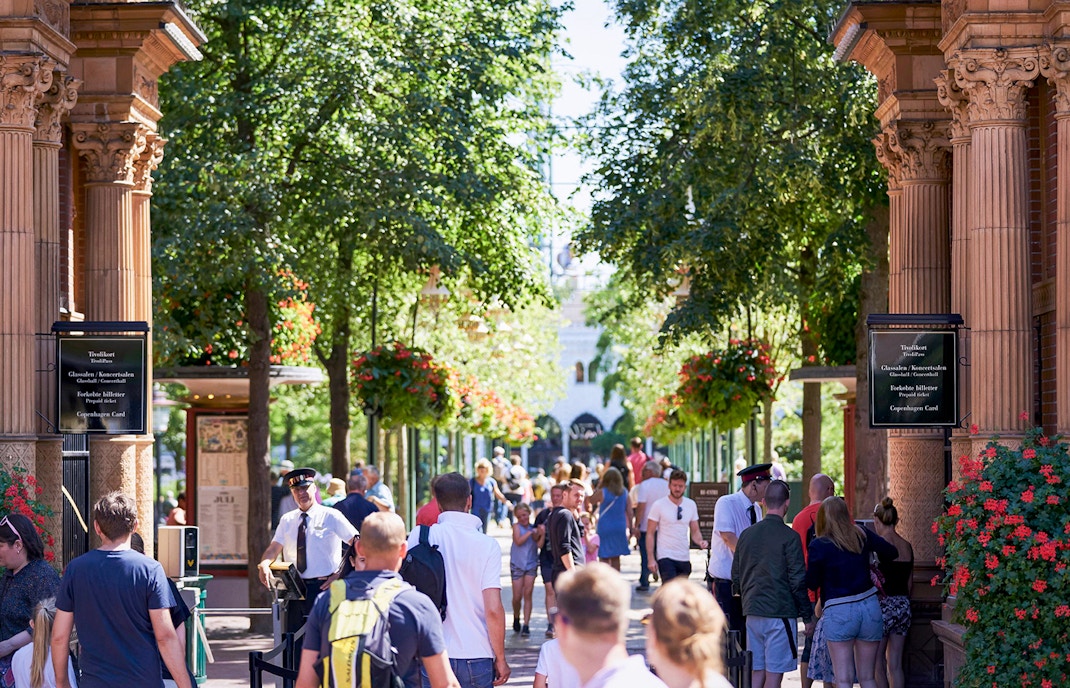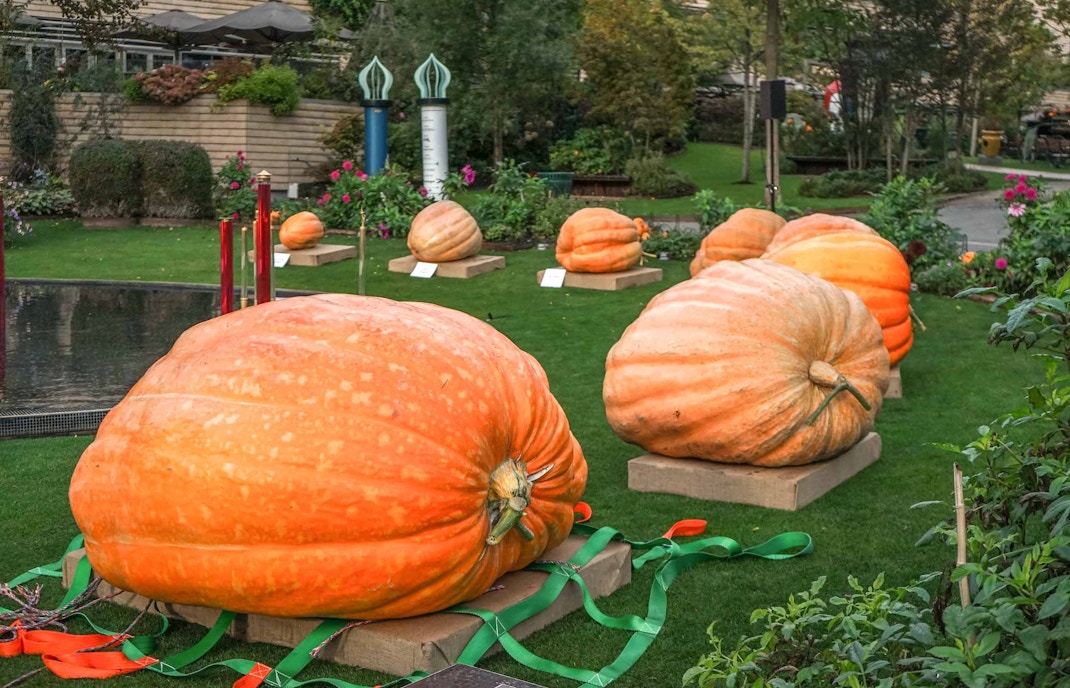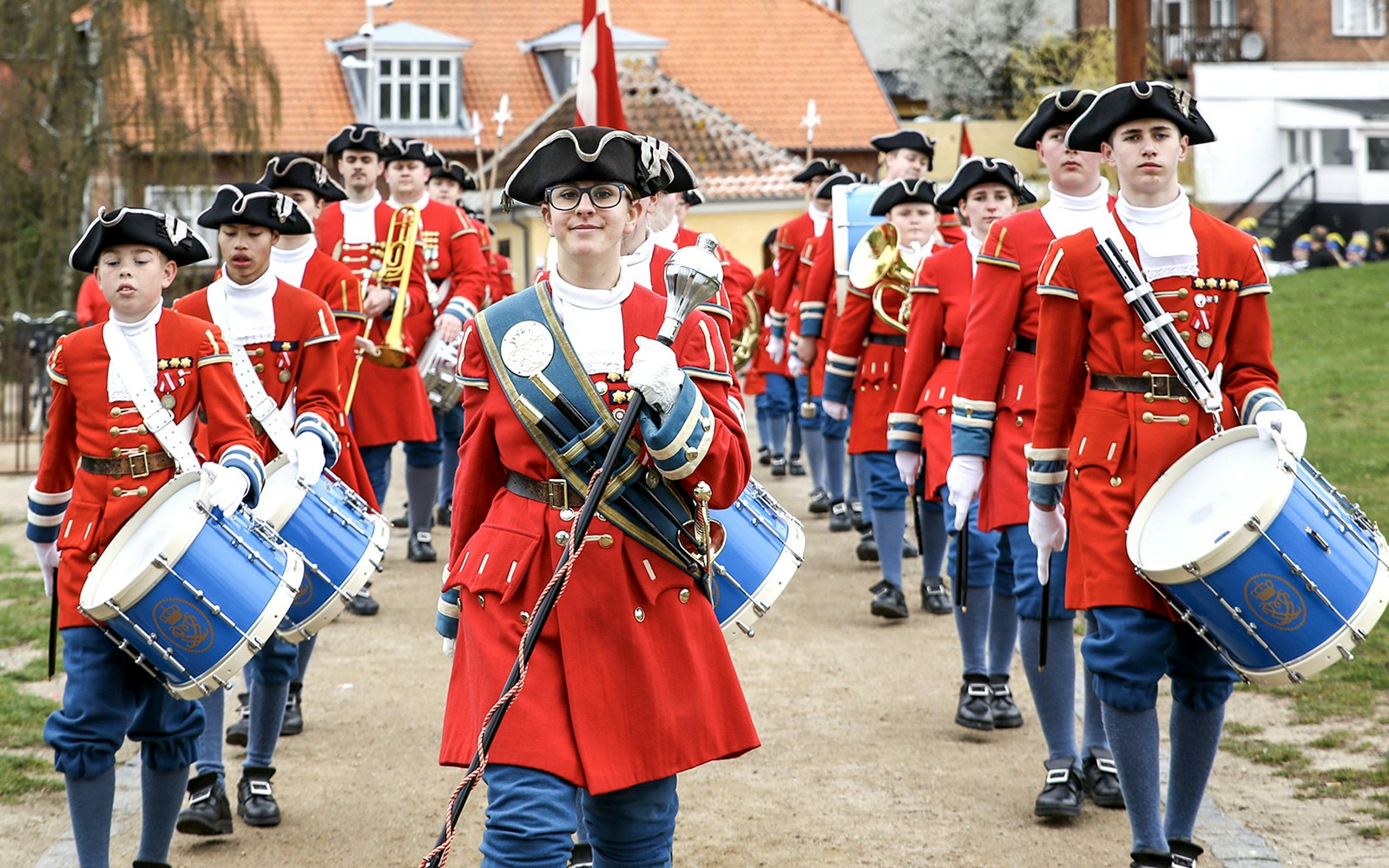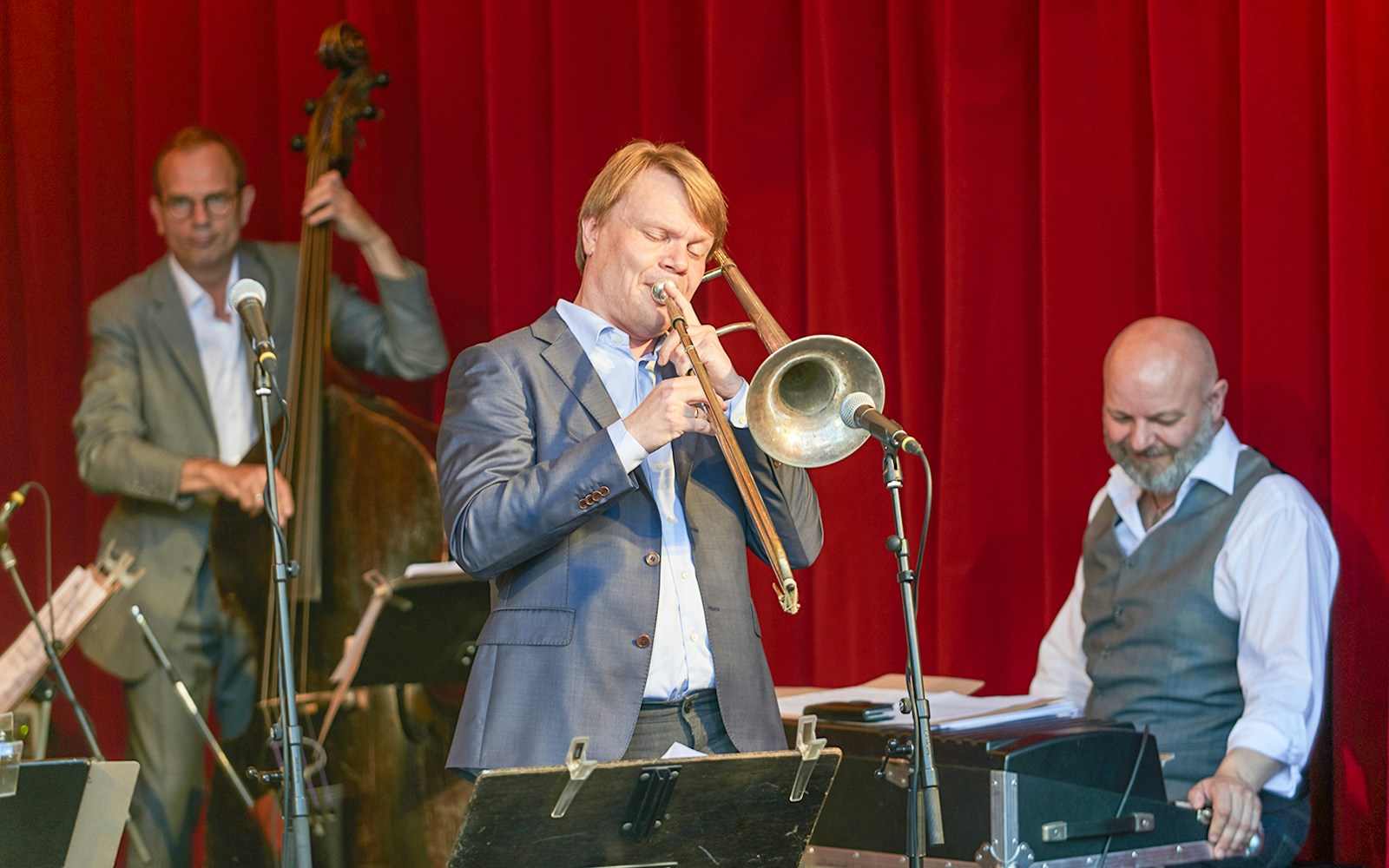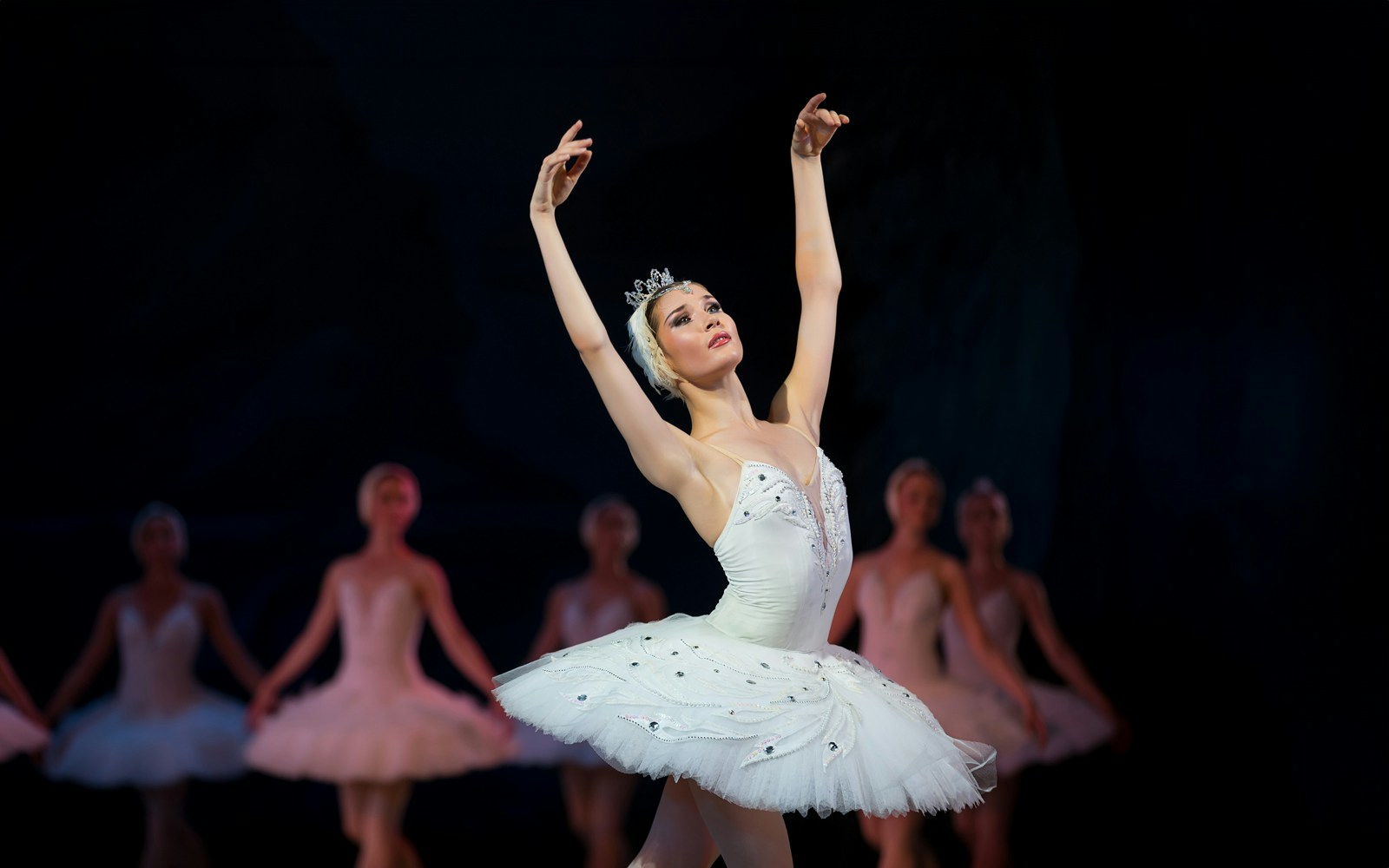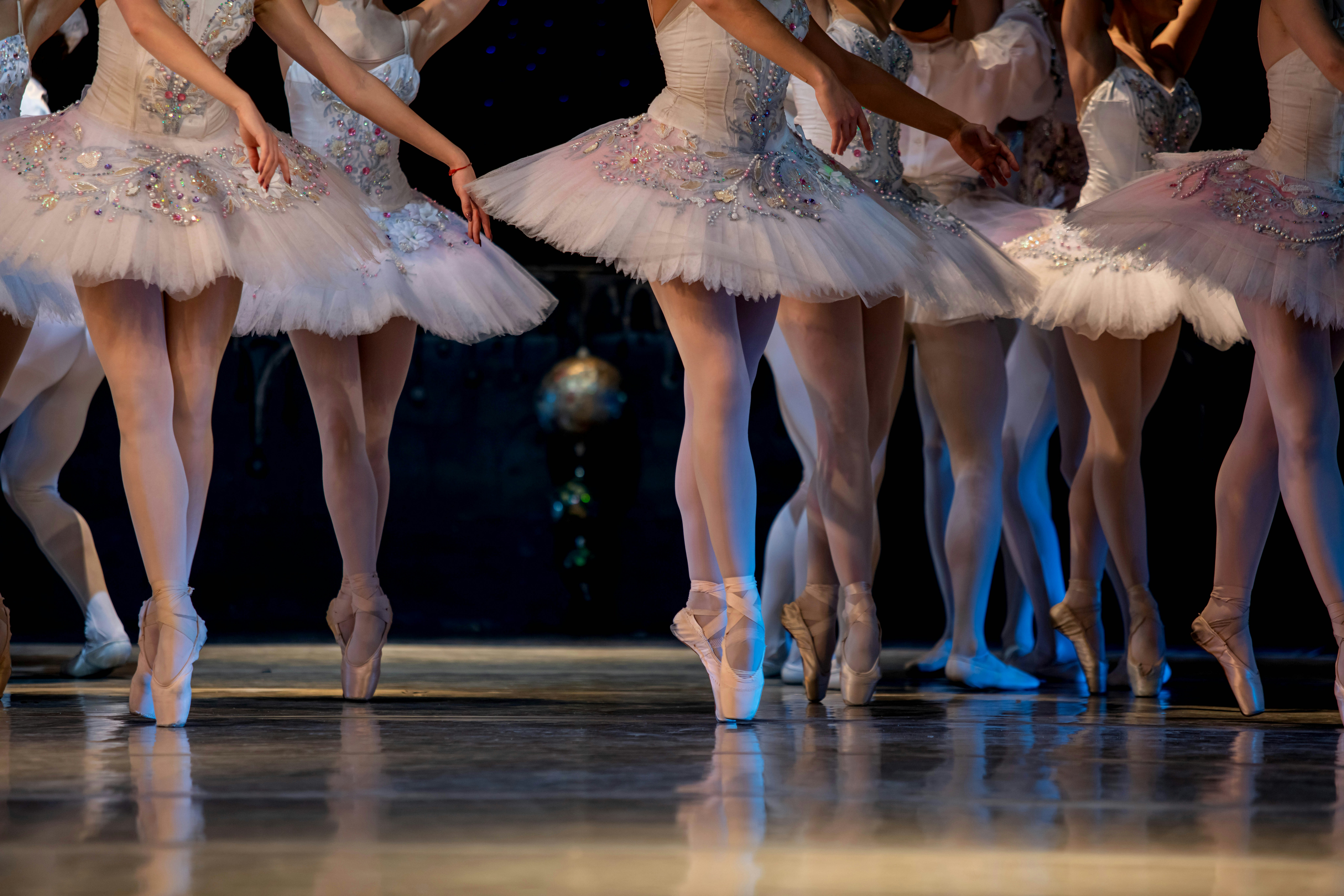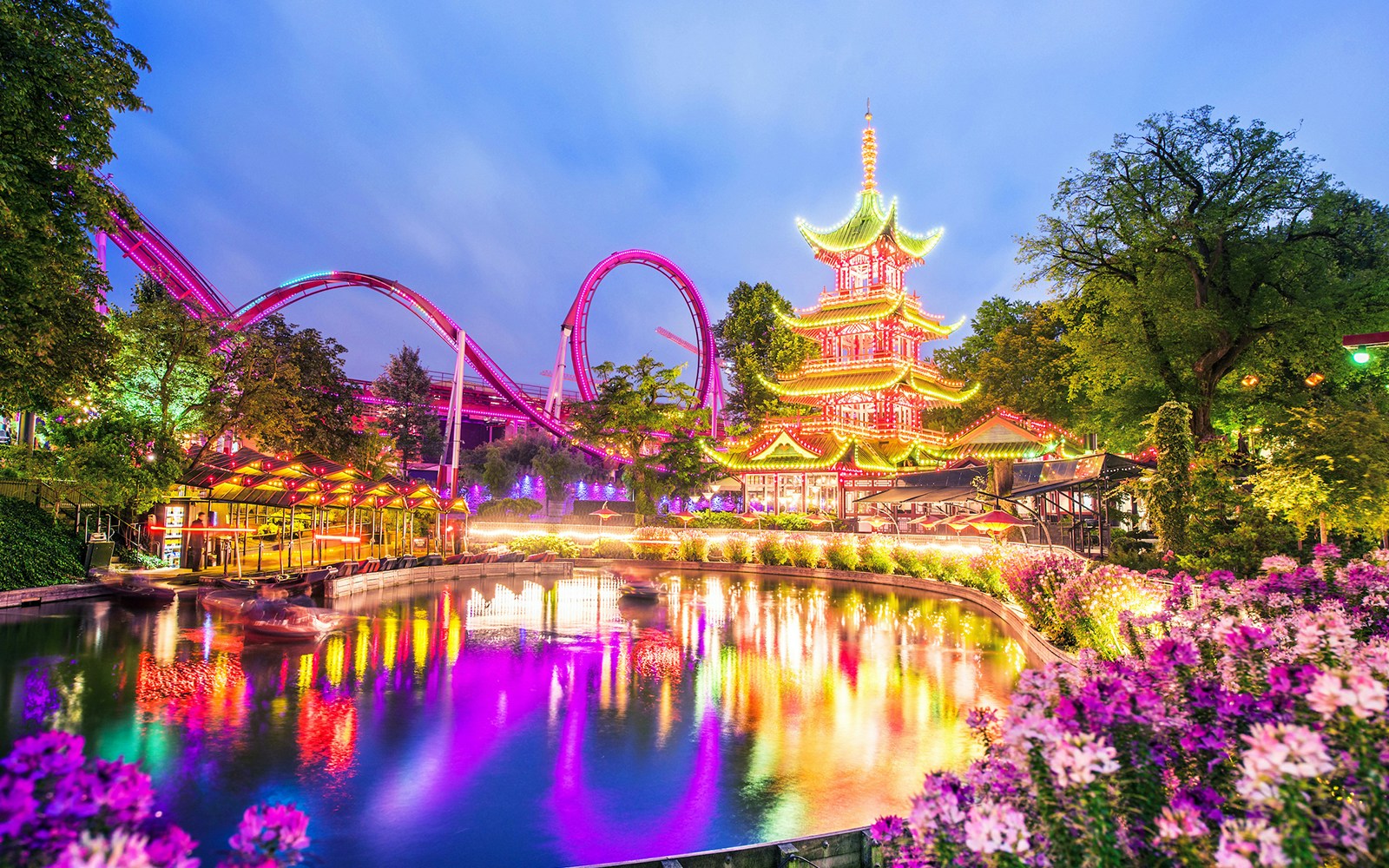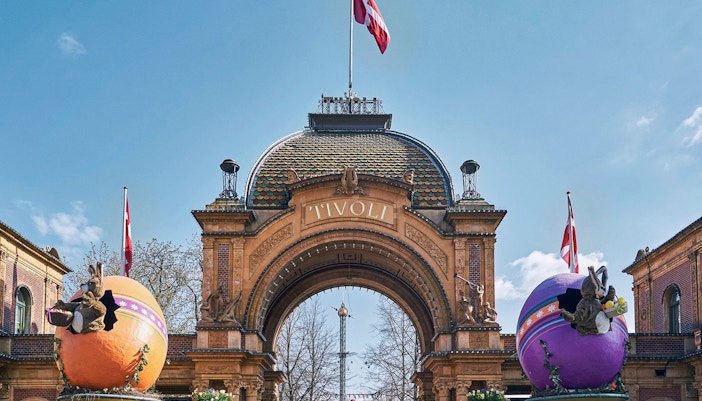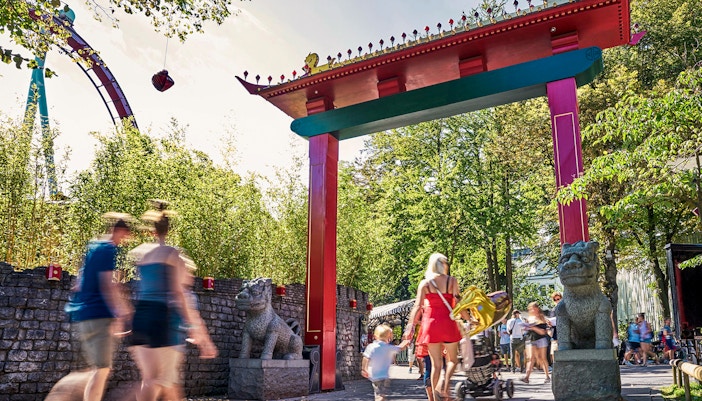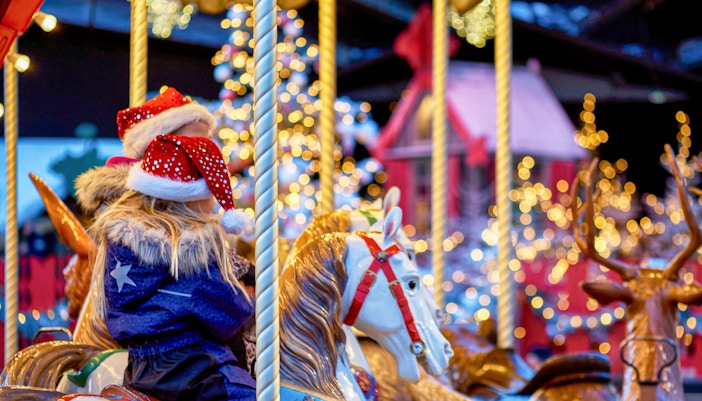Georg Carstensen’s vision for Tivoli was to create a space where people could escape into art, culture, and nature. With the support of King Christian VIII, he transformed a piece of Copenhagen into a lush garden, and Tivoli opened its doors in 1843. Early on, Tivoli’s focus wasn’t on roller coasters or thrilling rides. It became a cultural haven for theatre, music, and fine art, setting the foundation for its enduring cultural significance.

